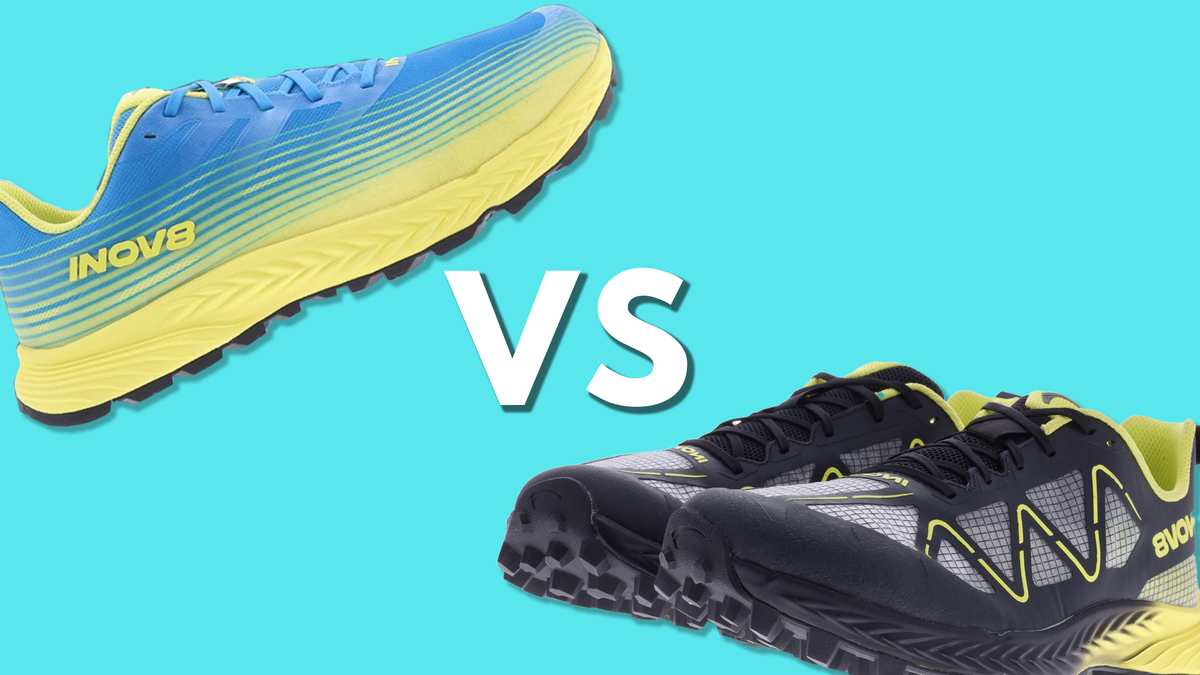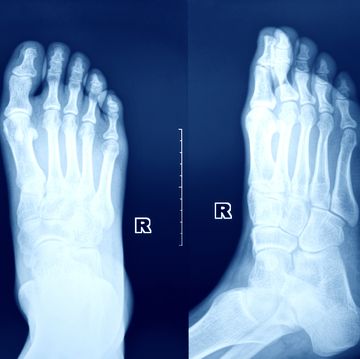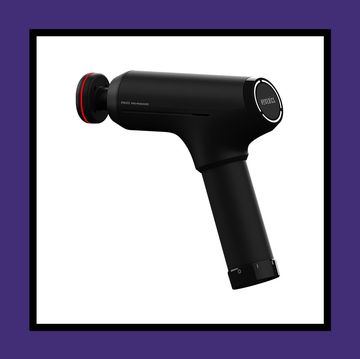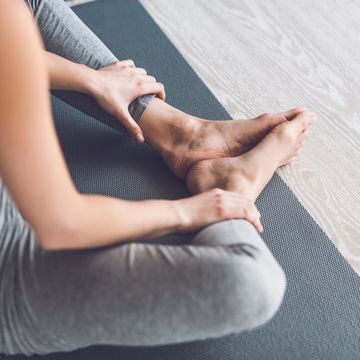The lowdown on fungal toenail infections?
You’re probably familiar with the symptoms of a fungal nail infection – thickening, brittleness and discolouration of the affected nail. However, such symptoms don’t necessarily spell trouble. “If you’re a runner, you may have a very similar looking nail, so it looks like a fungal infection but it’s not,” says Youve got a toenail that looks a bit suspect. What now? We ask Dr Pixie McKenna. “It’s yellow, it’s discoloured and it’s crumbly, but it’s just been battered at the top of your shoe.”
To make sure the correct treatment is given, your GP needs to go on more than just looks. “What your doctor should do is take some clippings from the nail, send it off to the lab to try and grow fungus,” says McKenna. If a fungus is isolated and named, you’ll be prescribed anti-fungal treatment (see How can I treat it? below).
What causes it?
Unfortunately, running provides the perfect environment for fungal nail infections to prosper. “You’re going to be sweating, you’re going to have your feet in dark, murky shoes,” says McKenna. “People are often quite slow to take their trainers off after they’ve been for a run, and also they might run in their trainers again before they’ve properly dried out.” This makes it easy for fungal conditions such as nail infections and athlete’s foot to develop. Both conditions are caused by dermatophyte fungi, which means that if you’ve got athlete’s foot it can spread to infect your toenails – not ideal.
How can I treat it?
Topical treatments - which are applied directly to the affected nail - are most commonly prescribed for fungal nail infections and can also be bought over the counter (such as Loceryl Curanail). “In the early stages of infection, treat it because you don’t want it to spread to other nails and it can really cause problems if it gets embedded. You should have a very good outcome. If less than half the nail is impacted then topical treatments will work, if you’re edging between half to 100% of the nail then you’re probably looking at pills,” says McKenna.
“On the pills, you could be looking at three months if you’re lucky, or six to nine months. The pills are a labour of love, they definitely have a role, but the aim of the game is really to get the infection before it gets deeply embedded and becomes problematic.”
Anything else?
Recurrent fungal infections could be a sign that something more sinister is at work. “The condition of your skin – anywhere, but particularly in your hands and feet – is a very good barometer for your own health. So if you’re someone who finds they’re getting athlete’s foot all the time and you’ve done everything, then it’s a very good idea to see your GP and have a blood test for something like diabetes,” McKenna advises.
Gents in particular need to look out: if you’ve got a fungal infection affecting your foot and put underwear on without covering them with socks first, it can cause the infection to spread. “They’ll get fungal spores in their pants and that will go into their groin and they’ll get jock rot [tinea cruris].” This often presents as a red-brown rash, which may be itchy or painful. “The Americans say ‘socks before jocks.’”
Youve got a toenail that looks a bit suspect. What now? We ask Dr Pixie McKenna?
- Take your socks off as soon as possible after you finish your run to let them breathe.
- Let your shoes dry out thoroughly after running. Ideally, alternate shoes and leave at least 24 hours in between running in each pair.
- Treat athlete’s foot at the first sign. What begins as an itchy rash, dryness and cracking on your feet can easily spread to the toenails.
- Keep your nails on form by using a nail conditioning gel to help keep them healthy. Dr Pixie recommends What does a fungal nail infection look like and how is it diagnosed.
- If you suspect you have a fungal nail infection, treat it sooner rather than later. The longer it's left alone, the harder it'll be to get rid of.
Bruised toenail? Heres the best way to treat it Loceryl Curanail.













